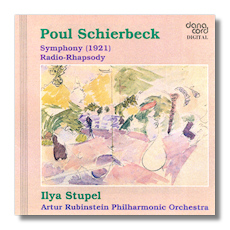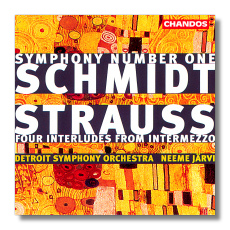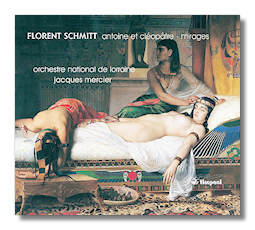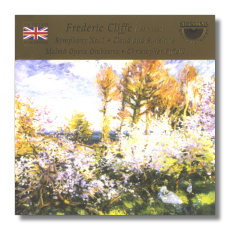
Poul Schierbeck
(1888-1949)
Symphony #1, Op. 15 (1921) 46:12
Radio-Rhapsody, Op. 49 (1938) 16:45
Artur Rubinstein Philharmonic Orchestra/Ilya Stupel
Danacord DACOCD417 62:57
If you think this symphony sounds as if it were written by Carl Nielsen, you would not be far off. Schierbeck arrived at his style honestly; Nielsen was one of his composition teachers, and also conducted the premier performance of this fine symphony in 1922.
The little jewel of a third movement, Allegro molto comodo e quasi indolente (Dolce far niente), lasts slightly under four minutes, employs almost all of the colors of the full orchestra, and presents a very cheerful interlude in this spacious symphony. On the whole, it is a work of many moods and rich orchestration, and it deserves a wide audience. Schierbeck wrote that this symphony is not program music, but it was inspired by fireworks – the sparks and the glow in the sky.


















